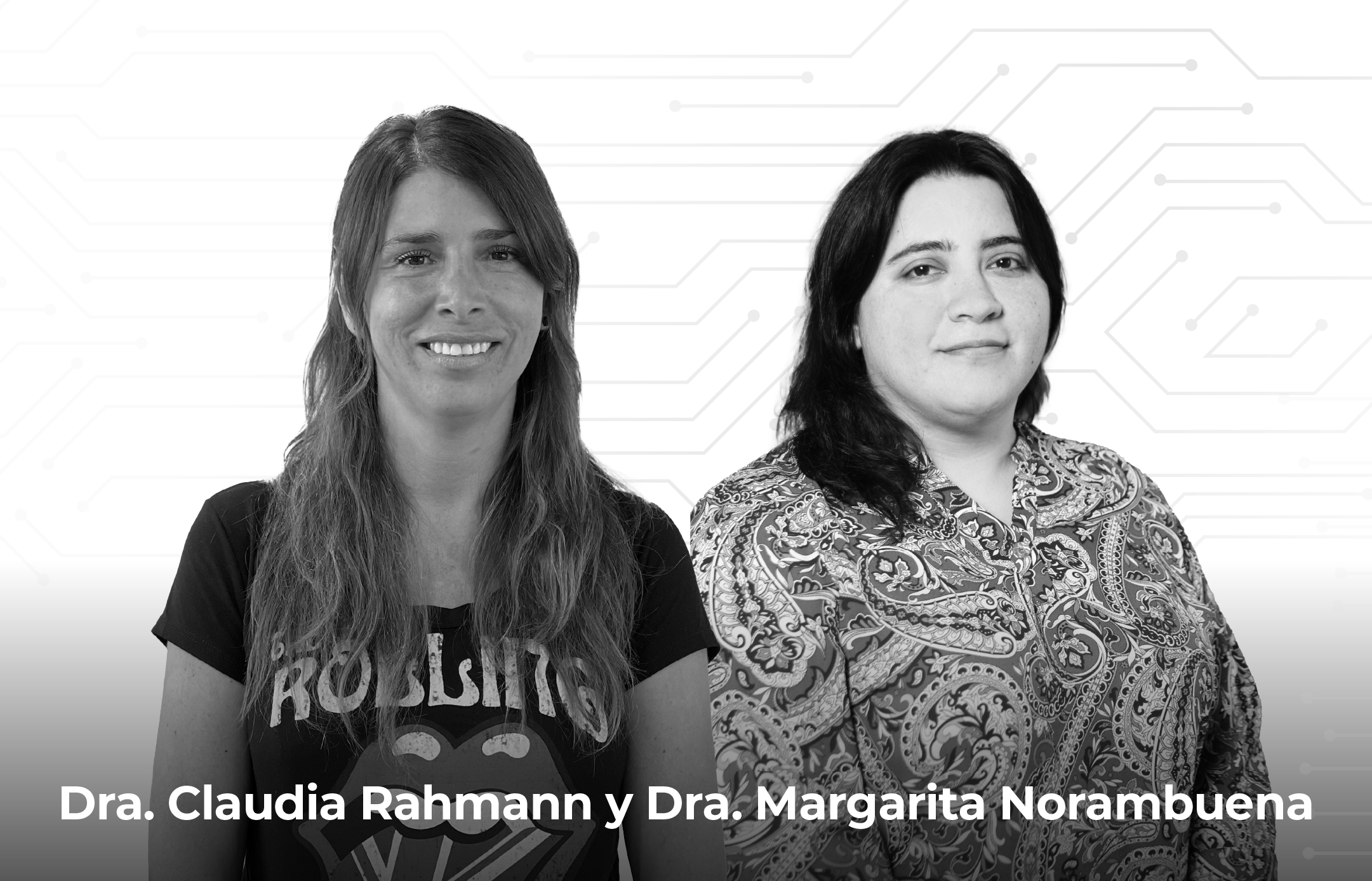The recent power outage that affected 4 million households from Arica to the Los Lagos region brought chaos to a large part of Chile: traffic congestion, problems in public transport, specifically the metro; internet service outages and suspension of multiple activities, among others, which highlighted the importance of having measures to be better prepared for this type of failure.
This past Tuesday, February 25th, after 3:00 PM, a disconnection of the 500 kV transmission system occurred in the area between Pan de Azúcar and Polpaico, in the Norte Chico region.
“Specifically, the simultaneous disconnection of the two line circuits occurred, which caused an abrupt energy imbalance of about 2 GW (with a north-south flow), generating a sudden drop in the system frequency and thus, a disturbance that spread throughout the entire National Electric System, from Arica to the Los Lagos region, causing the total loss of consumption. The response of the automatisms failed to prevent the propagation of the fault – a chain reaction that led to a total blackout,” says Dr. Claudia Rahmann, a researcher at the Advanced Center for Electrical and Electronic Engineering, AC3E, and a professor at the University of Chile.
The lines have protection systems that coordinate and communicate with each other in case of scenarios such as frequency or current changes. Currently, it is being investigated why one of these protections was activated, causing this disconnection or opening. “An analogy we could use to explain what happened is when you put a bucket under the tap to fill it with water and suddenly take it out. To prevent the liquid from spilling and flooding the area, the tap is turned off. Once the line was opened, a very large load was abruptly disconnected and with it, the generators or generation sources were affected in their frequency, so the system collapsed,” explained Dr. Margarita Norambuena, also a researcher at AC3E and a professor at the Federico Santa María Technical University.
Once the generation is disconnected to determine the fault, it is not possible to reactivate it suddenly, which generates a total loss of energy. However, for both researchers, the biggest problem was the slow recovery of the service. In Dr. Rahmann’s opinion, although the plan or protocol for these cases is recently updated, it does not contemplate the total required times and associated standards, which would also explain the lack of coordination in the partial restoration of the power supply.
Continuing with the analogies, Dr. Norambuena explains that we can imagine that the only access route to the city’s main supermarket is blocked by a tree, so residents must temporarily stock up at small neighborhood stores. However, if those stores do not have enough merchandise, they will not be able to meet the needs of all households. “This is what happened with Chile’s backup system, which is used to maintain the power supply in case of power outages. The problem is that increasing it is expensive and making that investment for blackouts that rarely happen in our country is not profitable,” highlighted Dr. Norambuena.
Although events like these are very infrequent, it is not possible to affirm that they will not happen again. Therefore, an alternative to avoid scenarios like last Tuesday’s is to improve the monitoring of control signals to corroborate the veracity of the alert and avoid the activation of protections, and to have energy storage systems in case of similar failures.
“Chile has the capacity to produce solar and wind energy in large quantities, but we don’t, because we have nowhere to store it. These systems would allow us to have sufficient backup for scenarios such as earthquakes, explosions or others, and thus improve the management of future national electricity companies and make the energy transition in Chile a reality,” said the AC3E researcher.








